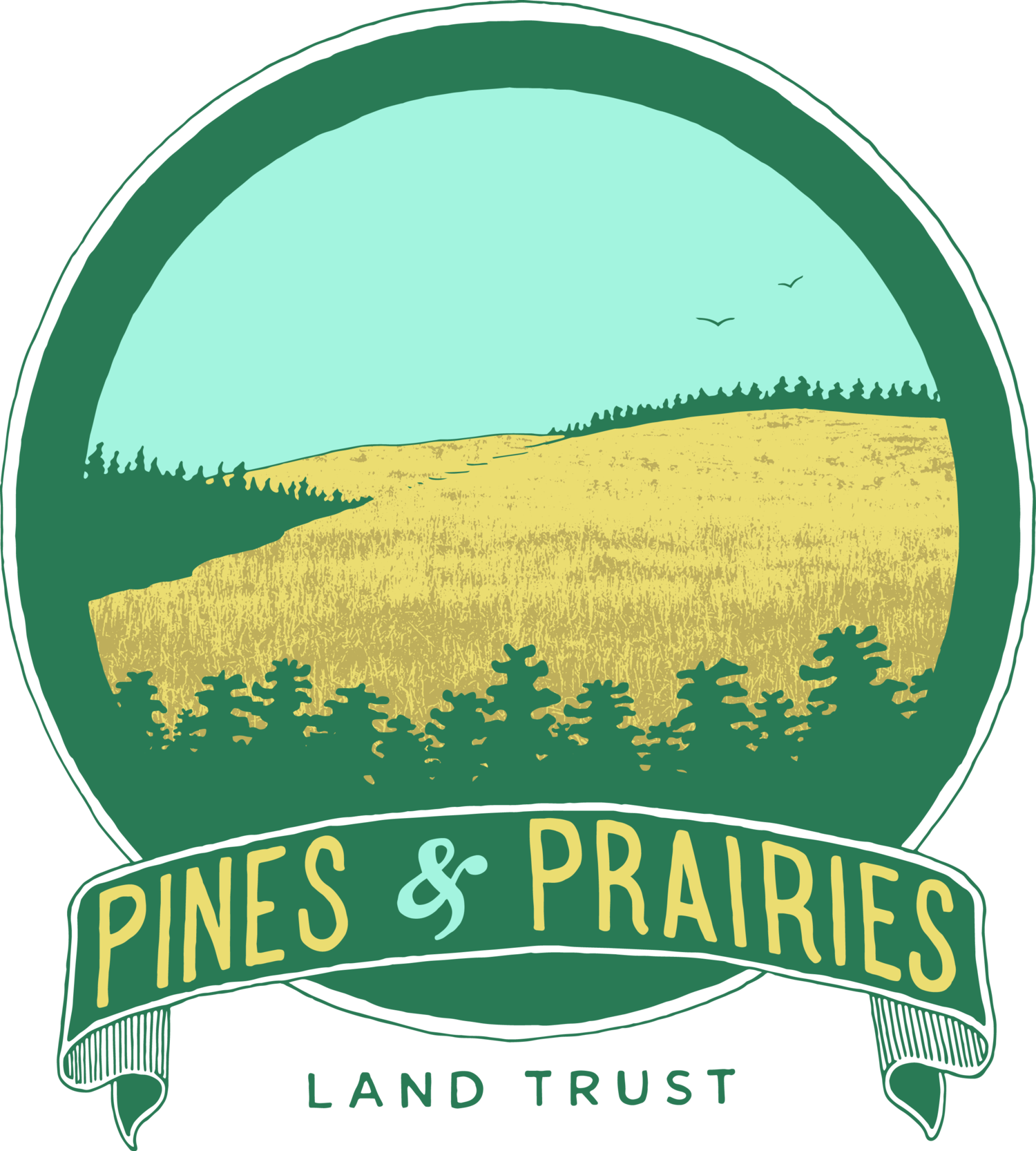Fresh air, clean water, beautiful views and treasured wildlife…these are things we need to lead healthy and happy lives. They make up our natural heritage that is uniquely…Texas. Luckily there are tools available to protect these values, and in a state with over 95% of land privately owned, conservation easements are one of the best tools available. Conservation easements are voluntary agreements that private landowners make with a land trust or other qualifying 501(c)(3) land conservation organization. The easement itself is a real estate transaction that forever runs with the deed of the property and protects it from intensive development, for example, going from a working farm to a housing subdivision. However, a building envelope is defined around the existing homestead or an area the landowner intends to build a family home or homes for their heirs in the future. A landowner will either donate or sell the conservation easement to the land trust and the land trust negotiates with the landowner what conservation values of the land will be protected, such as creeks and streams, native habitat, agricultural practices or family recreation. Because future development potential is limited, the landowner also has the opportunity to take advantage of certain income tax breaks. The land trust benefits by forever protecting the conservation values of that land, which is its sole purpose as a charitable, land conservation organization.
There are currently over 2400 acres of private land protected in Bastrop County. Statewide, Texas land trusts protect over 1.75 million acres, according to the Texas Land Trust Council. The Pines and Prairies Land Trust (PPLT) serves Bastrop County and four surrounding counties, protecting over 2500 acres of land. “Pines and Prairies is your small, local land trust with 19 years of experience working in this community,” states PPLT’s Executive Director Melanie Pavlas, “we were started by local landowners wanting to make a bigger impact in land protection within our unique region, and continue to protect new acres as well as engage the public in the benefits of land conservation.”
Land trusts have the ability to partner with other conservation organizations and regulatory agencies to provide guidance and obtain financial support for conservation easement work. The Natural Resources Conservation Service has funding through the Farm Bill to support land conservation, including conservation easements. The Texas Farm and Ranchlands Conservation Program also supports the protection of private land through conservation easements and is administered through the Texas Parks and Wildlife Department. Some Texas counties have conservation easement bond programs that do the same, like Travis County. One unique program, the Army Compatible Use Buffer (ACUB) program protects lands that are adjacent to military installations by working with willing landowners to place their properties into conservation easements which limit multi-housing development. The military installations partner with private organizations to establish and maintain these conservation easements. Camp Swift Training Center has partnered with Compatible Lands Foundation (CLF) to accomplish this endeavor. This National Guard facility not only is an active military training site, but it also serves its community near and far by hosting training activities for Boy Scouts of America; local law enforcement; and Wildfire Training Academy.
CLF is a nonprofit organization whose mission is to promote the conservation, restoration, and preservation of land and natural resources and to foster compatible land uses among both public and private landowners. This goal goes hand-in-hand with the military objective to limit dense housing projects near their borders. While the military uses their installations for training grounds for the soldiers that are serving our nation, they also want to maintain good relationships with their bordering neighbors. Willing landowner’s properties can be placed into conservation easements along the borders of military installations where military activities are most likely to have some impact on their neighbors. The landowner is compensated for their participation in the program and the military benefits by limiting the likelihood of sound and vibration extending into areas of more dense populations where this might cause some discomfort or concern. This process creates a buffer zone between the troop training and dense civilian populations.
If you would like to learn more about ways to protect land or any of the organizations and programs listed here, please contact Melanie Pavlas at Pines and Prairies Land Trust, melanie@pplt.org, 512-308-1911 or Anita Harless at Compatible Lands Foundation, aharless@compatiblelands.org.




